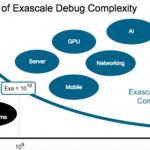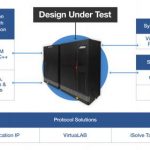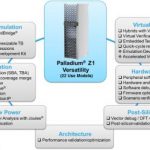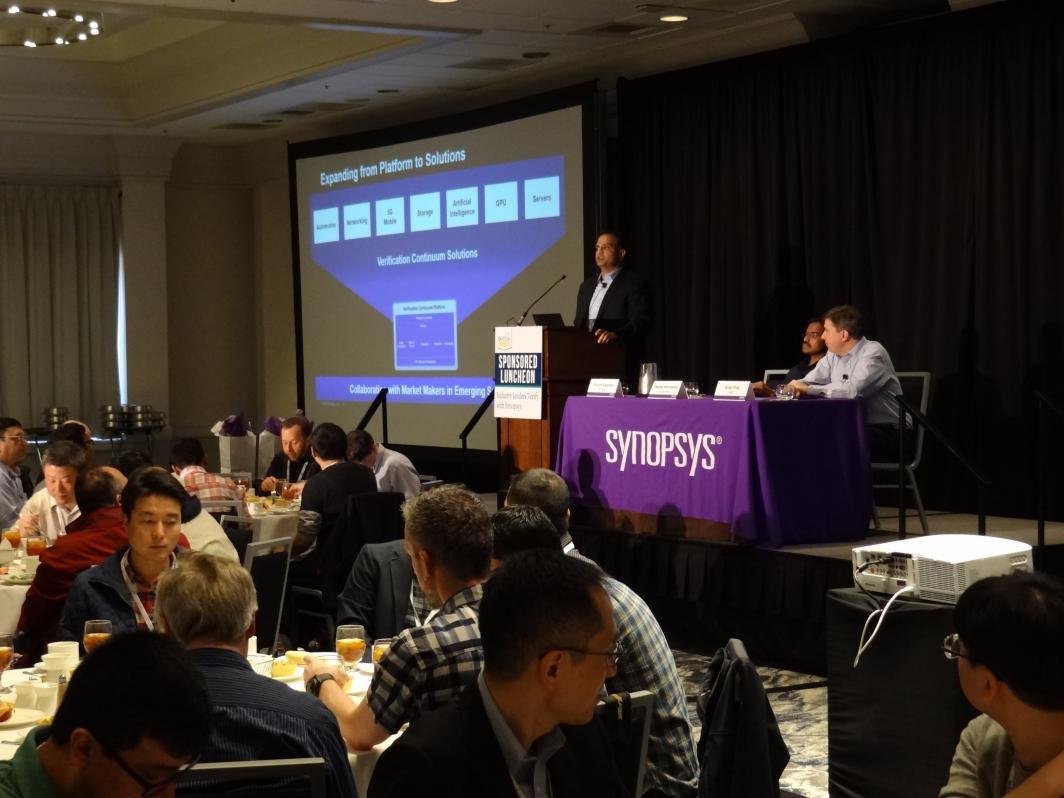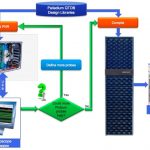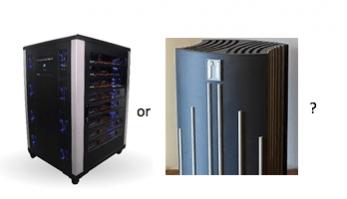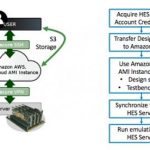I think Synopsys would agree that they were not an early entrant to the emulation game, but once they really got moving, they’ve been working hard to catch up and even overtake in some areas. A recent webinar highlighted work they have been doing to overcome a common challenge in this area. Being able to boot a billion-gate design, … Read More
Tag: emulation
Mentor Emulation Platform Now available on Amazon Web Services
Emulation is a hotly contested EDA market segment (which is being won by Mentor) and EDA in the Cloud is a trending topic so putting the two together is a very big deal, absolutely.
The following is a quick email Q&A with Jean-Marie Brunet, Director of Marketing, Emulation Division, Mentor, a Siemens Business. If you have other… Read More
Emulation Outside the Box
We all know the basic premise of emulation: hardware-assisted simulation running much faster than software-based simulation, with comparable accuracy for cycle-based 0/1 modeling, decently fast setup, and comparably fine-grained debug support. Pretty obvious value for running big jobs with long tests. But emulators tend… Read More
Qualcomm, AMD on Verification with Synopsys
Synopsys hosts a regular lunch at DVCon each year (at least over the last few years I have checked), a nice meal and a show, opening a marketing update followed by 2-3 customer presentations on how they use Synopsys verification in their flows. This year’s event was moderated by Piyush Sancheti from Synopsys Verification marketing… Read More
Blurring Boundaries
I think most of us have come to terms with the need for multiple verification platforms, from virtual prototyping, through static and formal verification, to simulation, emulation and FPGA-based prototyping. The verification problem space is simply too big, in size certainly but also in dynamic range, to be effectively addressed… Read More
Verification Trends: 2016
Periodically Mentor does us all a big favor by commissioning a survey of verification engineers across the world to illuminate trends in verification. This is valuable not only to satisfy our intellectual curiosity but also to help convince managers and finance mandarins that our enthusiasm to invest in new methods and tools … Read More
A Delicate Choice – Emulation versus Prototyping
Hardware-assisted verification has been with us (commercially) for around 20 years and at this point is clearly mainstream. But during this evolution it split into at least two forms (emulation and prototyping), robbing us of a simple choice – to hardware-assist or not to hardware-assist (that is the question). Which in turn … Read More
Cloud-Based Emulation
At the risk of attracting contempt from terminology purists, I think most of us would agree that emulation is a great way to prototype a hardware design before you commit to building, especially when you need to test system software together with that prototype. But setting up your own emulation resource isn’t for everyone. The … Read More
Synopsys Opens up on Emulation
Synopsys hosted a lunch panel on Tuesday of DAC this year, in which verification leaders from Intel, Qualcomm, Wave Computing, NXP and AMD talked about how they are using Synopsys verification technologies. Panelists covered multiple domains but the big takeaway for me was their full-throated endorsement of the ZeBu emulation… Read More
Emulation makes the What to See List
The analysts at Gary Smith EDA produce an annual What To See List for DAC and I quickly noticed that all three major EDA vendors were included on the list for the specific category of emulation. The big problem that emulation addresses is the ability to run in hardware an early version of your SoC so that software developers can get access… Read More


